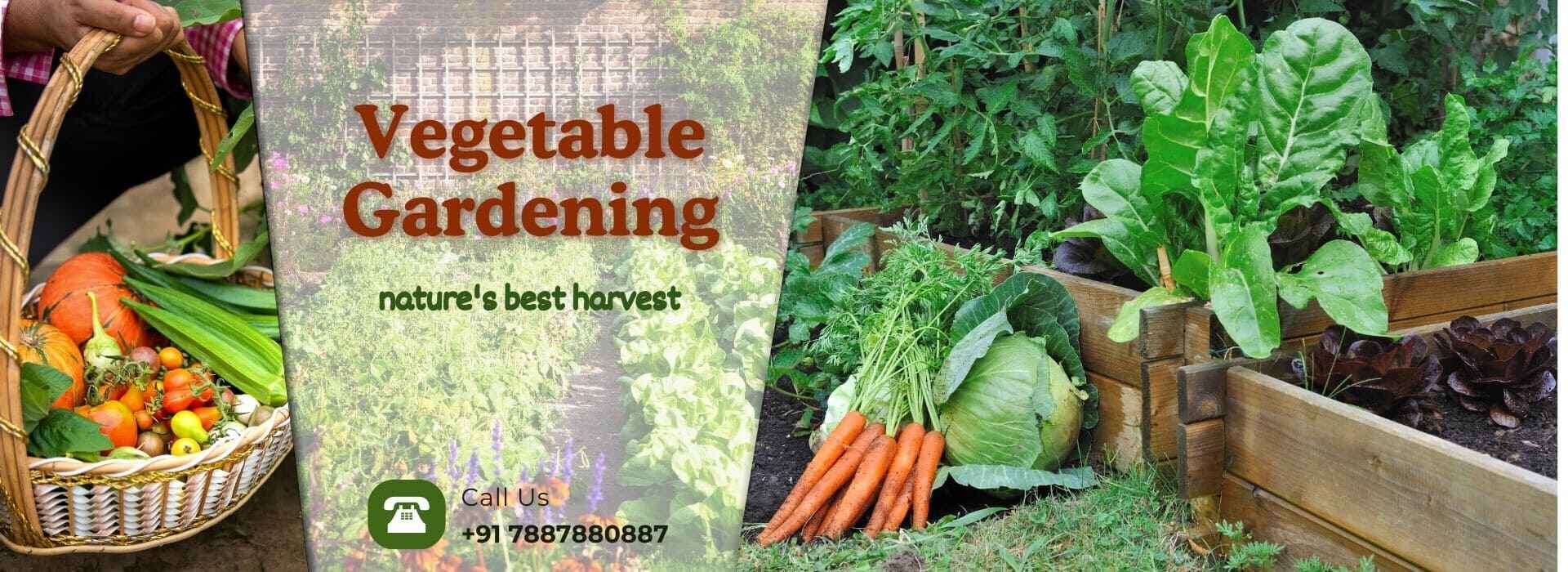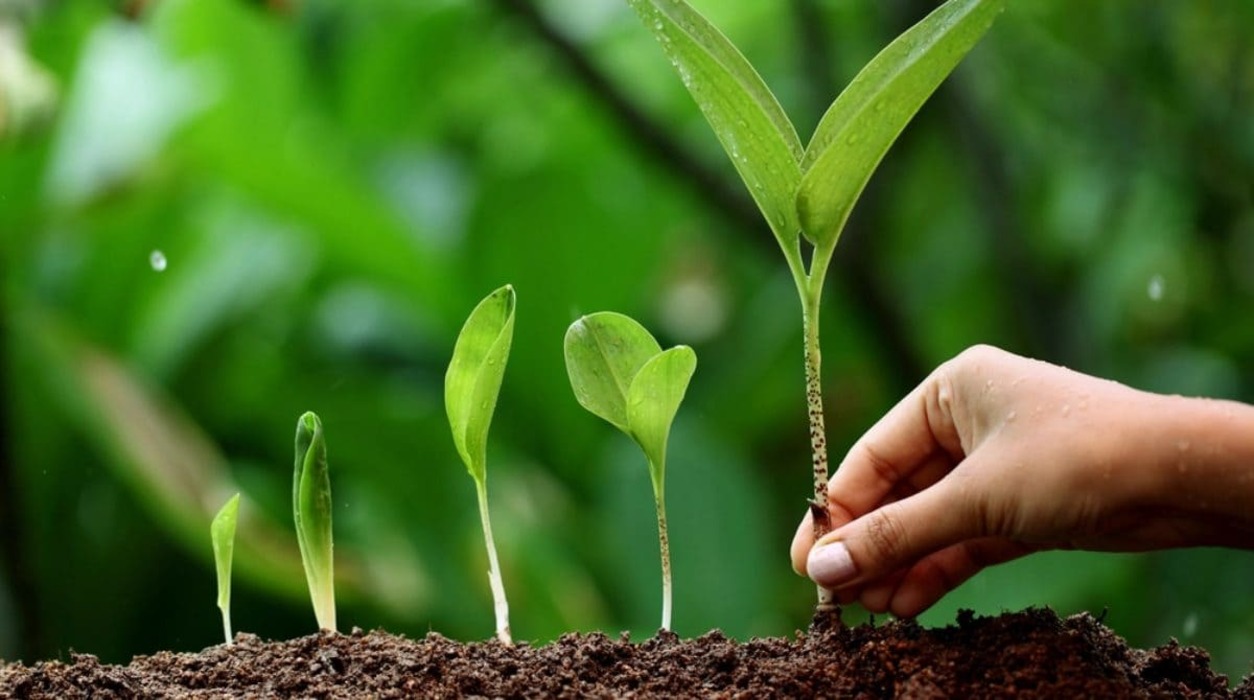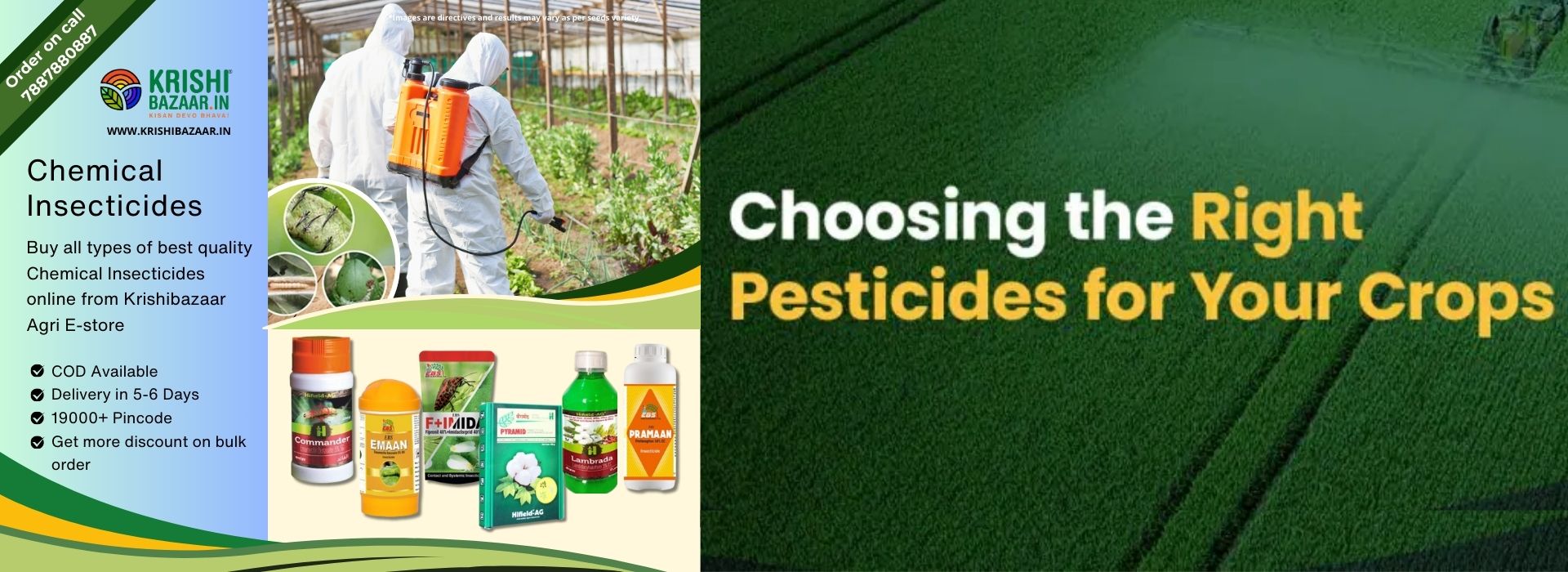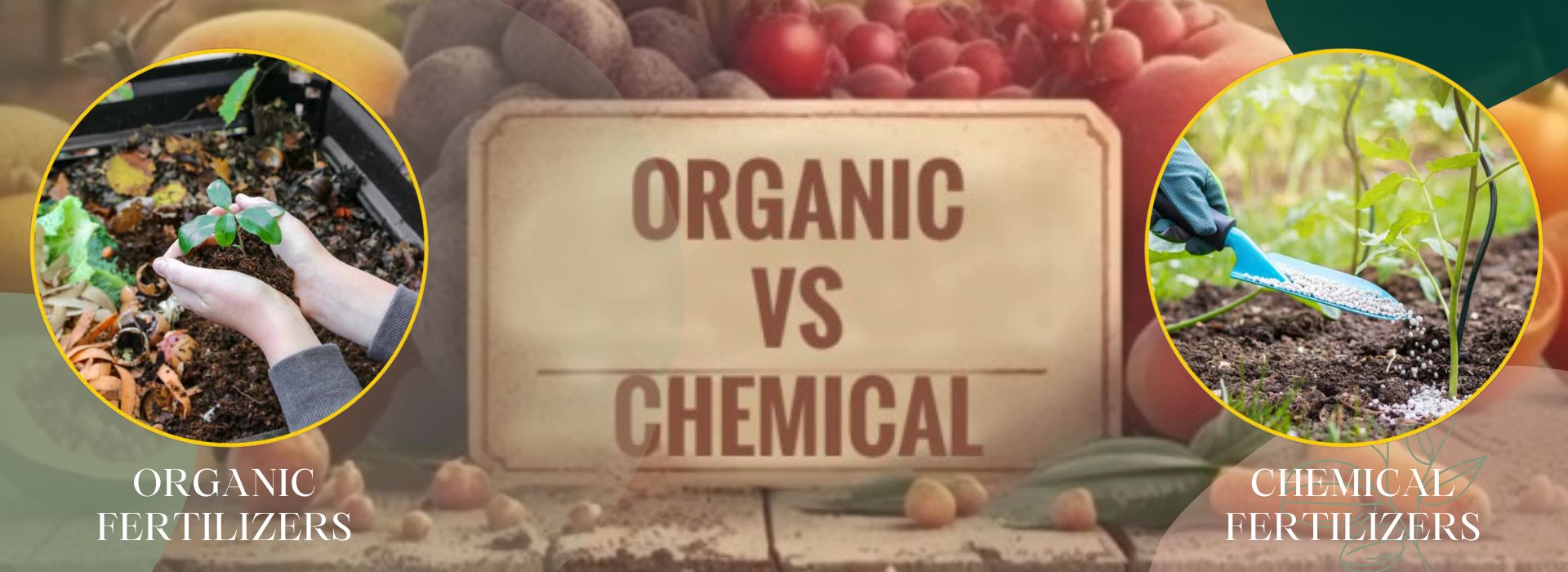The Ultimate Guide to Successful Vegetable Gardening: Tips, Tricks, and Expert Advice
July 30, 2024The Ultimate Guide to Successful Vegetable
Gardening: Tips, Tricks, and Expert Advice
Looking to grow your own vegetables? Look no further! In this
comprehensive guide, we provide you with everything you need to know to become
a successful vegetable gardener. From planting tips to effective watering
techniques, we've got you covered.
With expert advice and proven strategies, you'll learn how to
choose the right vegetables for your garden based on your region and climate.
We'll also delve into the essentials of soil preparation, fertilization, and
pest control to ensure your crops flourish. And if you're short on space, we'll
show you how to create a thriving vegetable garden even in small yards or
containers.
Whether you're a beginner or a seasoned gardener looking to
enhance your skills, this guide has something for everyone. With clear
instructions, helpful tips, and insider knowledge, you'll be well on your way
to growing a bountiful harvest of fresh, nutritious vegetables.
Get ready to embark on an exciting journey and discover the joys
of successful vegetable gardening. Let's dig in!
Benefits of growing your own vegetables
Growing your own vegetables can be an incredibly rewarding and
fulfilling experience. Not only does it provide you with a constant supply of
fresh, nutrient-rich produce, but it also offers a host of other benefits that
can greatly improve your overall well-being.
One of the primary advantages of growing your own vegetables is
the ability to control the entire growing process, from seed to harvest. This
allows you to ensure that your vegetables are free from harmful pesticides,
herbicides, and other chemicals, providing you with a healthier and more
sustainable food source. Homegrown vegetables are often more flavorful and
nutrient-dense than their store-bought counterparts, as they are allowed to
ripen fully on the vine and are not subjected to long-distance transportation
and storage.
Furthermore, the act of gardening itself can be incredibly
therapeutic and beneficial for both physical and mental health. Spending time
outdoors, getting your hands in the soil, and watching your plants grow can
reduce stress, improve mood, and increase physical activity, all of which
contribute to a healthier lifestyle. Additionally, the sense of accomplishment
and pride that comes from harvesting your own produce can be incredibly
rewarding, fostering a deeper connection with the food you consume.
Factors to consider before starting a
vegetable garden
Before embarking on your vegetable gardening journey, it's
essential to consider several key factors that will help ensure your success.
One of the most important considerations is the available space in your yard or
outdoor area. Vegetables require adequate sunlight, typically a minimum of six
hours of direct sunlight per day, so it's crucial to choose a location that
receives ample sunlight throughout the day.
Another crucial factor to consider is the climate and growing
season in your region. Different vegetables thrive in different climate
conditions, and it's essential to choose varieties that are well-suited to your
local environment. This includes taking into account factors such as average
temperatures, rainfall patterns, and the length of the growing season. By
selecting the right vegetables for your climate, you can ensure a bountiful
harvest and minimize the risk of crop failure.
Additionally, it's important to assess the quality of your soil
and determine if any amendments or preparations are necessary. Healthy,
nutrient-rich soil is the foundation for a successful vegetable garden, and
taking the time to properly prepare and amend the soil can make a significant
difference in the growth and productivity of your plants. Factors such as soil
pH, texture, and organic matter content should all be taken into consideration
when planning your vegetable garden.
Choosing the right location for your vegetable
garden
Selecting the optimal location for your vegetable garden is
crucial for its success. As mentioned earlier, the availability of sunlight is
a primary factor to consider, as most vegetables require at least six hours of
direct sunlight per day. Ideally, your garden should be situated in an area
that receives full sun exposure throughout the day, with minimal shading from
trees, buildings, or other structures.
In addition to sunlight, the soil quality and drainage of the
chosen location are also essential. Vegetables thrive in well-draining,
nutrient-rich soil, so it's important to avoid areas with poor drainage or
compacted soil. If your garden site has heavy clay soil or is prone to
waterlogging, consider amending the soil with organic matter or raised garden
beds to improve drainage and aeration.
Another important consideration is the proximity to a reliable
water source. Vegetables require consistent moisture to grow and produce a
bountiful harvest, so having easy access to a water source, such as a hose or
irrigation system, can greatly simplify the watering process. Additionally,
locating your garden near your home or a frequently used outdoor area can make
it more convenient to tend to your plants and monitor their progress.
Selecting the best vegetables to grow in your
area
When it comes to vegetable gardening, the selection of the right
crops for your local climate and growing conditions is crucial for success.
Different vegetables have varying requirements in terms of temperature,
sunlight, and soil conditions, so it's essential to choose varieties that are
well-suited to your region.
One of the first steps in selecting the best vegetables to grow is
to research the typical growing seasons and climate patterns in your area. This
information will help you determine which vegetables will thrive in your local
environment and when the optimal planting and harvesting times are. For
example, cool-season crops like lettuce, spinach, and broccoli may be better
suited for spring and fall planting in many regions, while warm-season crops
like tomatoes, peppers, and eggplants may perform better during the summer
months.
Another important factor to consider is the available space in
your garden. Some vegetables, such as zucchini and pumpkins, require more room
to spread out, while others, like leafy greens and radishes, can be grown in
smaller spaces or even containers. By carefully selecting a mix of vegetables
that complement each other's growing requirements and space needs, you can
maximize the productivity of your garden and ensure a diverse and bountiful
harvest.
Preparing the soil for your vegetable garden
Healthy, nutrient-rich soil is the foundation for a thriving
vegetable garden. Before you begin planting, it's essential to take the time to
properly prepare and amend the soil to create the ideal growing environment for
your plants.
The first step in soil preparation is to assess the current
condition of your soil. This can be done through a soil test, which will
provide valuable information about the soil's pH, nutrient content, and overall
composition. Based on the results, you can then determine what amendments are
needed to improve the soil's structure and fertility.
Common soil amendments that can benefit a vegetable garden include
compost, well-rotted manure, and organic matter such as peat moss or leaf
litter. These materials help to improve soil texture, increase water-holding
capacity, and provide essential nutrients for plant growth. When adding
amendments, it's important to thoroughly mix them into the soil to ensure even
distribution and integration.
In addition to incorporating organic matter, it's also important
to address the soil's pH level. Most vegetables thrive in slightly acidic to
neutral soil, with a pH range of 6.0 to 7.0. If the soil is too acidic or
alkaline, you can adjust the pH by adding lime (to raise the pH) or sulfur (to
lower the pH) as directed by the soil test results.
Planting and caring for your vegetable plants
Once you've prepared the soil and selected the appropriate
vegetables for your garden, it's time to start the planting process. The
specific planting techniques will vary depending on the type of vegetable, but
there are some general guidelines to follow.
When it comes to sowing seeds, it's important to follow the depth
and spacing recommendations on the seed packet. Proper seed placement and
spacing will ensure that your plants have enough room to grow and develop
strong root systems. For transplants, such as tomatoes or peppers, it's
essential to plant them at the correct depth and water them thoroughly to help
them establish in their new environment.
Proper watering is crucial for the health and growth of your
vegetable plants. Most vegetables require consistent moisture, with about 1 to
2 inches of water per week, either from rainfall or supplemental irrigation.
It's important to avoid over-watering or allowing the soil to become completely
dry, as both can lead to stress and poor plant performance.
In addition to watering, regular weeding and mulching can also
benefit your vegetable garden. Weeds can compete with your plants for
nutrients, water, and sunlight, so it's important to keep them under control.
Applying a layer of organic mulch, such as wood chips or straw, around your
plants can help suppress weed growth, retain moisture, and improve soil quality
over time.
Pest and disease control in vegetable
gardening
Even the most well-tended vegetable garden can fall victim to
pests and diseases, which can seriously impact the health and productivity of
your plants. Proactive pest and disease management is essential for maintaining
a successful and bountiful harvest.
One of the first steps in effective pest and disease control is to
regularly inspect your plants for any signs of trouble, such as discolored
leaves, wilting, or the presence of insects or other pests. By catching
problems early, you can take appropriate action to address the issue before it
becomes more severe.
When it comes to pest control, there are a variety of organic and
natural methods you can employ, such as introducing beneficial insects, using
row covers or netting to physically exclude pests, and applying natural
insecticidal sprays or powders. It's important to identify the specific pests
affecting your plants and choose control methods that are safe, effective, and
environmentally friendly.
Similarly, disease prevention and management in a vegetable garden
often involves a combination of cultural practices, such as proper plant
spacing, watering, and removing infected plant material, as well as the use of
disease-resistant plant varieties. In some cases, the application of organic fungicides or other natural treatments may be necessary to address more severe
fungal or bacterial diseases.
Harvesting and storing your homegrown
vegetables
The culmination of all your hard work in the vegetable garden is
the bountiful harvest. Knowing when and how to properly harvest your vegetables
is crucial for maximizing their flavor, nutrition, and shelf life.
Each vegetable has its own optimal harvesting time and technique.
For example, leafy greens are typically best harvested when the leaves are
young and tender, while root vegetables like carrots and beets should be pulled
when they have reached their full size. Tomatoes, peppers, and other fruiting
vegetables are often best harvested when they have reached their full color and
ripeness.
Once you've harvested your vegetables, it's important to handle
them with care to preserve their quality and freshness. Gently wash and dry the
produce, and consider storing them in the refrigerator or a cool, dark place,
depending on the specific vegetable. Some vegetables, such as potatoes and
onions, can be stored for extended periods in a cool, dry location, while
others, like leafy greens and tomatoes, are best consumed soon after
harvesting.
Proper storage techniques can also help extend the shelf life of
your homegrown vegetables. Techniques like blanching and freezing can be used
to preserve excess produce, allowing you to enjoy the fruits of your labor long
after the growing season has ended.
Conclusion and final tips for successful
vegetable gardening
Growing your own vegetables can be an incredibly rewarding and
fulfilling experience, providing you with a steady supply of fresh, nutritious
produce and numerous health and environmental benefits. By considering the
factors outlined in this guide, such as location, soil preparation, plant
selection, and pest management, you can set yourself up for a successful and
bountiful vegetable garden.
As you embark on your vegetable gardening journey, remember to be
patient, adaptable, and willing to learn. Every garden and growing season is
unique, and you may encounter challenges and setbacks along the way. However,
with persistence, a willingness to experiment, and a deep appreciation for the
process, you'll be well on your way to growing a thriving, productive vegetable
garden.
In addition to the tips and strategies covered in this guide, here
are a few final pieces of advice to help you achieve vegetable gardening
success:
· Start small and gradually expand your garden as you gain
experience.
· Keep detailed records of your planting, watering, and harvesting
to help identify what works best in your garden.
· Embrace the unexpected and be willing to try new vegetables and
growing techniques.
· Engage with your local gardening community, whether through online
forums or in-person meetups, to learn from the experiences of others.
· Most importantly, enjoy the process and take pride in the fruits
(or vegetables!) of your labor. Happy gardening!
At krishibazaar.in, you can find and buy
various agricultural products. For agricultural guidance on selecting the most
suitable products for your crops, please contact or WhatsApp at +917887880887.






Guest reviews
No reviews found for this Blog